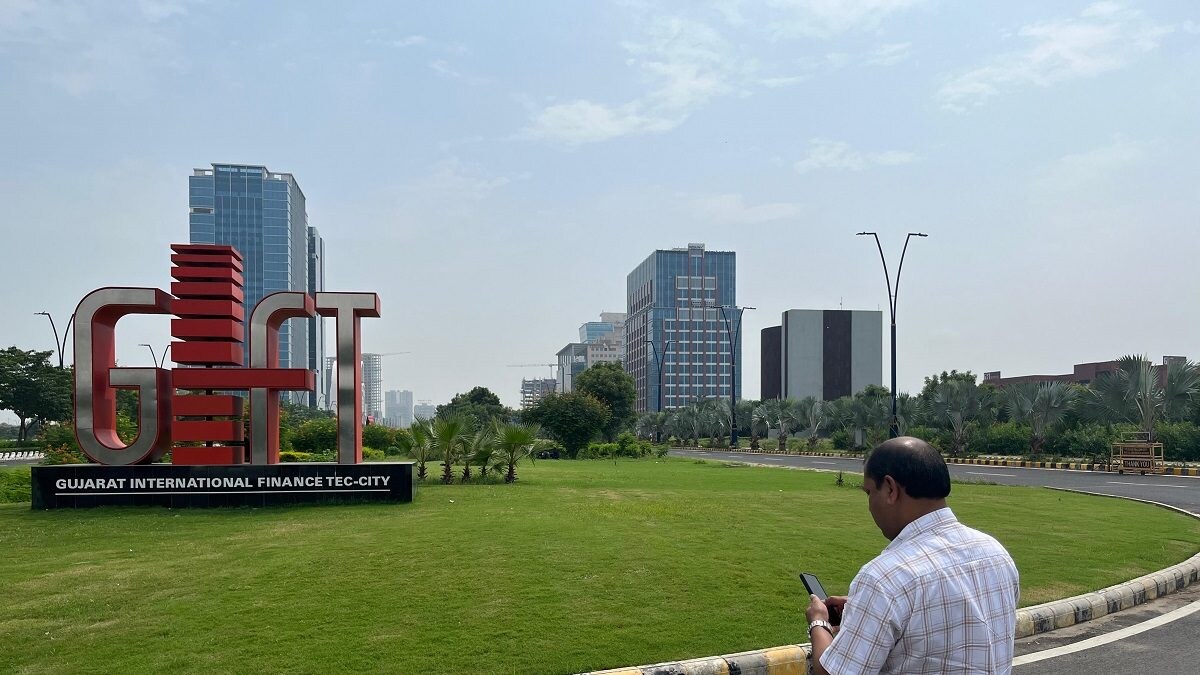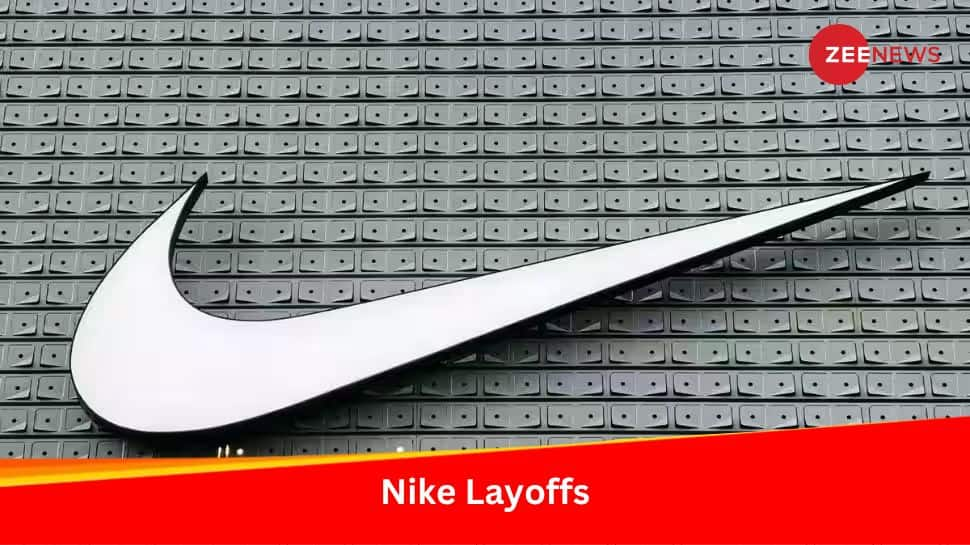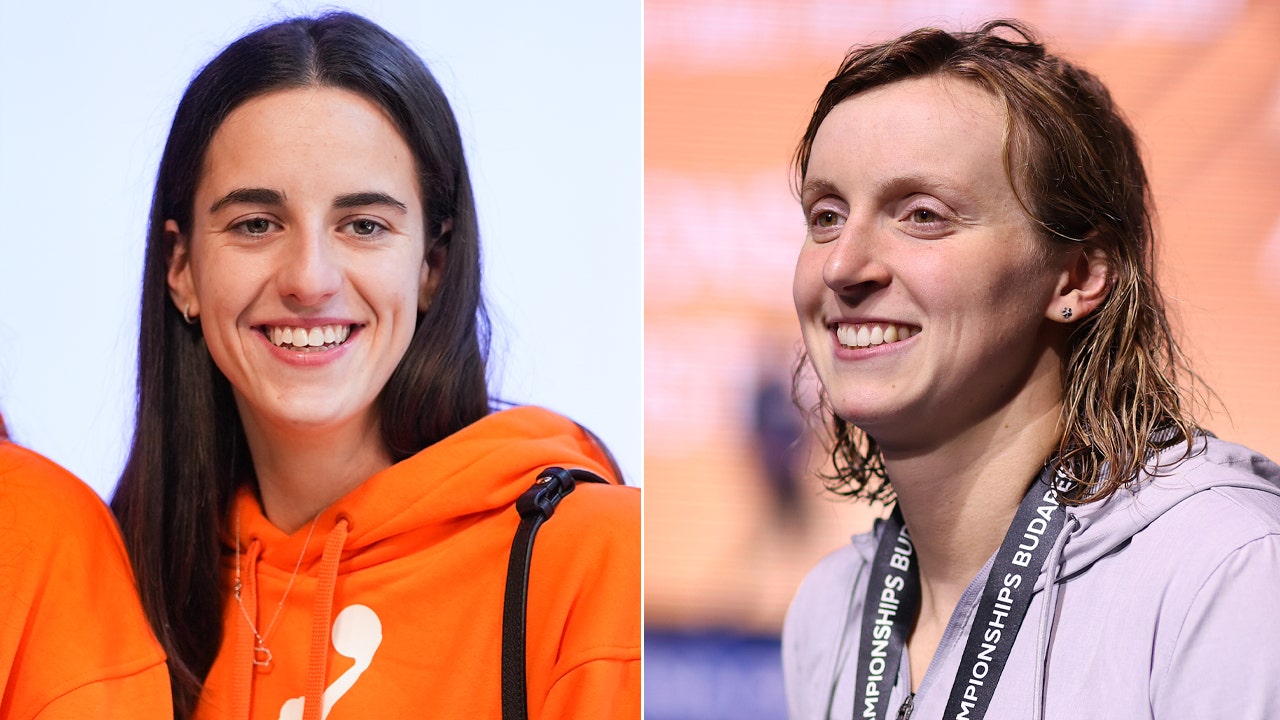Drawing-paintings rendered mostly in crayon-like greens and browns, You Seunghee’s pictures evoke domestic interiors. Casually defined shapes suggest cups, plants and birds, distilled to icons in the manner of computer graphics. The Seoul artist’s work includes a set of 24 small paintings that feels homey yet also alienated. Its title, “Death Without Dying,” refers to the way the departed continue to exist online.
Choi Eunji’s pencil-and-paint abstractions are crisper than You’s work, and thus more akin to computer-generated imagery. But the artist, also from Seoul, takes her cues not from CGI but from urban architecture. She reduces streets and buildings to lines, squares, circles and cones that appear both exact and cartoonish. The compositions are often segmented into grids, and modeling and simulated shadows create the illusion of depth. There’s no room for humans in these pictures, but that’s essentially true of all the placeless places illustrated in this show.
Placeless Places Through March 29 at Korean Cultural Center Washington, D.C., 2370 Massachusetts Ave. NW.
Pakradooni, Berer, Campbell & Daher
The decorative arts often employ motifs borrowed from nature, whether presented realistically or highly stylized. Printmaker and sculptor Lauren Pakradooni senses a tension between organic and man-made forms that is expressed most strongly in her 3D works. “Sprig,” the Philadelphia artist’s IA&A at Hillyer show, features pieces that stretch or suspend fabric on wooden armatures. Some of the sculptures emulate flowers, while others look more architectural.
The most plantlike construction hangs budlike shapes made of printed silk on a wire stem anchored to a wooden base. Clearly related but less naturalistic is a sort of botanical arch whose silk is fitted over upholstery foam on a wire and wood framework. That piece seems to be some sort of portal. Whether it leads to a city or a forest is open to interpretation.
Also exhibiting at IA&A are three QAIC Impart Grant Artists, Americans who received support from the Qatar America Institute for Culture to further artistic dialogue between the United States and the Arab world. Richmond’s Nia Alexander Campbell uses video and narratives embroidered on fabric to recount the history of her African American and American Indian ancestors. D.C.’s Josh Berer and New York’s Patricia Daher both explore themes related to Arabic writing.
Daher tightly arrays 28 diamond-shaped panels embellished with Arabic script in metallic ink; they reference both the origins of Western alphabets in the Middle East and the artist’s work with dyslexic students. Berer uses soot-based ink to stretch a Bedouin religious poem across six panels of hand-dyed paper, in tribute to a culture he fears is vanishing. Neither artwork will be readable to most of the show’s visitors, but their beauty is eloquent.
Lauren Pakradooni: Sprig; Josh Berer, Nia Alexander Campbell and Patricia Daher: QAIC Impart Grant Artists Through March 26 at IA&A at Hillyer, 9 Hillyer Ct. NW.
Family snapshots, laundry tickets, inspection slips, diet plans, and comic-book “zaps” and “booms” are among the ingredients crammed into the collages and drawings of John Evans and John O’Connor. In Pazo Fine Art’s “Sim Buhls,” the New York artists’ intricate, playful works demonstrate overlapping sensibilities, even though the men are of different generations.
Beginning in 1964, Evans (1932-2012) made a collage daily, stamping each with the date of its completion. The examples here were assembled between 1974 and 2008 but include artifacts from far earlier, such as a business card with a four-digit phone number. (New York City switched to five-digit ones in 1930.) While the pictures contain drawing and painting, they’re defined by their found elements. Evans’s collages are idiosyncratic time capsules that reveal the artist through his choices rather than his gestures.
More colorful and much larger, O’Connor’s works are technically not collages, since everything in them is drawn in colored pencil and graphite. But the artist’s elaborately patterned pictures incorporate text, numbers and familiar emblems that are just as evocative of recent times as Evans’s artifacts are of earlier eras. The results can be startling, as when the artist produces a sort of board game in which such conspiracy-buff tropes as crop circles, crisis actors and Pizzagate are lettered around a core filled with churning internal organs. O’Connor’s drawings pulse with vitality, but the culture they dissect is not altogether healthy.
John Evans and John O’Connor: Sim Buhls Through March 23 at Pazo Fine Art, 4228 Howard Ave., Kensington. Open by appointment.
Limestone, marble and alabaster are among the most solid materials employed by artists, yet Deborah Reichmann sees them as endlessly mutable. The sculptures in her Stone Tower Gallery show, “Rhetoric in Stone,” are never truly finished, her statement notes, “because the stone is always asking for more.” Perhaps that’s why she favors biomorphic forms whose supple curves hint at living objects that, unlike rock, visibly grow and change.
The local artist, who’s also a rabbi, left many of these pieces untitled. A notable exception is “Scylla & Charybdis,” mythic sea monsters represented here by two carved chunks of alabaster, one milky and the other glassy. Reichmann also named sculptures for such organic entities as “Puffin” and “Egg.” The latter is an oval incised with looping patterns whose regularity contrasts the piece’s rough-edged base. Sometimes the best way to manifest the nature of stone is to leave it unfinished.
Deborah Reichmann: Rhetoric in Stone Through March 26 at Stone Tower Gallery, Glen Echo Park, 7300 MacArthur Blvd., Glen Echo.














































